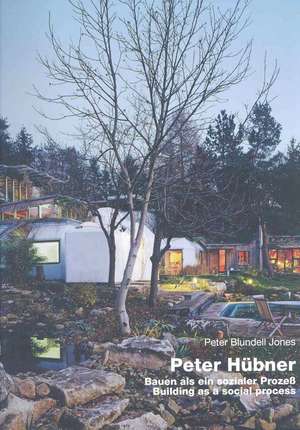Peter Hübner - Building as a Social Process
Autor Peter Blundell Jonesen Limba Engleză Hardback – 30 noi 2007
Preț: 370.25 lei
Nou
Puncte Express: 555
Preț estimativ în valută:
70.87€ • 77.01$ • 59.57£
70.87€ • 77.01$ • 59.57£
Carte indisponibilă temporar
Doresc să fiu notificat când acest titlu va fi disponibil:
Se trimite...
Preluare comenzi: 021 569.72.76
Specificații
ISBN-13: 9783932565021
ISBN-10: 3932565029
Pagini: 300
Ilustrații: 500 tls. farb. Fotos
Dimensiuni: 310 x 330 x 35 mm
Greutate: 2.75 kg
Editura: Edition Axel Menges GmbH
ISBN-10: 3932565029
Pagini: 300
Ilustrații: 500 tls. farb. Fotos
Dimensiuni: 310 x 330 x 35 mm
Greutate: 2.75 kg
Editura: Edition Axel Menges GmbH
Recenzii
"...[the author] is an excellent guide, because no other writer analysing the way organic architecture turned out during the twentieth century could alert the reader so well to the implications of work as complex as this, nor tie it in so well to the broad historical themes to which it belongs, nor indeed write this story so elegantly and clearly. " -- Timothy Brittain-Catlin, AA Files 56.
